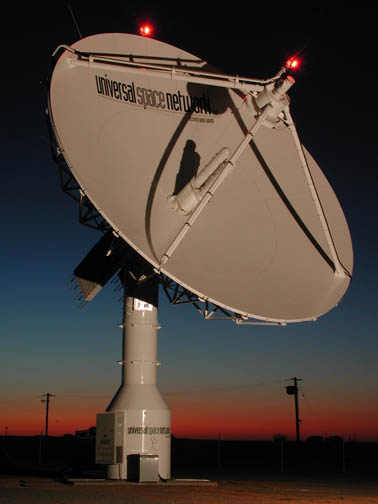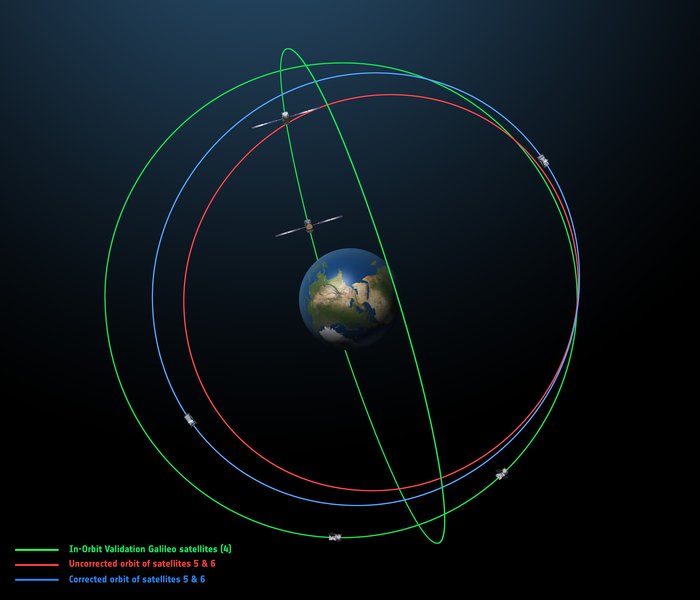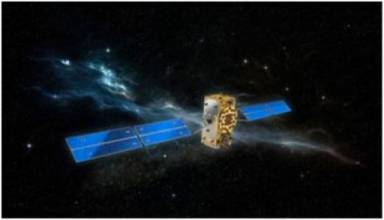Preparations to bring the first operational Galileo satellites on-line are continuing apace.
The Launch and Early Orbit Phase (LEOP) phase will end tomorrow (November 2, 2011) for the In-Orbit Validation (IOV) spacecraft that were launched on October 21, and transmission of the first navigation signal can be expected in about 10 days from now, according to a European Space Agency (ESA) source.
Preparations to bring the first operational Galileo satellites on-line are continuing apace.
The Launch and Early Orbit Phase (LEOP) phase will end tomorrow (November 2, 2011) for the In-Orbit Validation (IOV) spacecraft that were launched on October 21, and transmission of the first navigation signal can be expected in about 10 days from now, according to a European Space Agency (ESA) source.
A team of engineers from ESA and CNES, France’s space agency, which is responsible for handling operations during the LEOP phase, has established communication with the satellites. The LEOP phase includes a series of automated and, later, commanded actions that the spacecraft must undertake — including deployment of the solar arrays to obtain power, the switching on of communications and other systems, and the setting of initial configurations.
Once LEOP ends, the satellites will be handed over to the Oberpfaffenhofen Galileo Control Center near Munich, operated by the DLR German Aerospace Center, which will be responsible for routine operations. Operating the satellite payloads to provide navigation services will be the task of the Fucino Control Center near Rome, operated by Telespazio.






